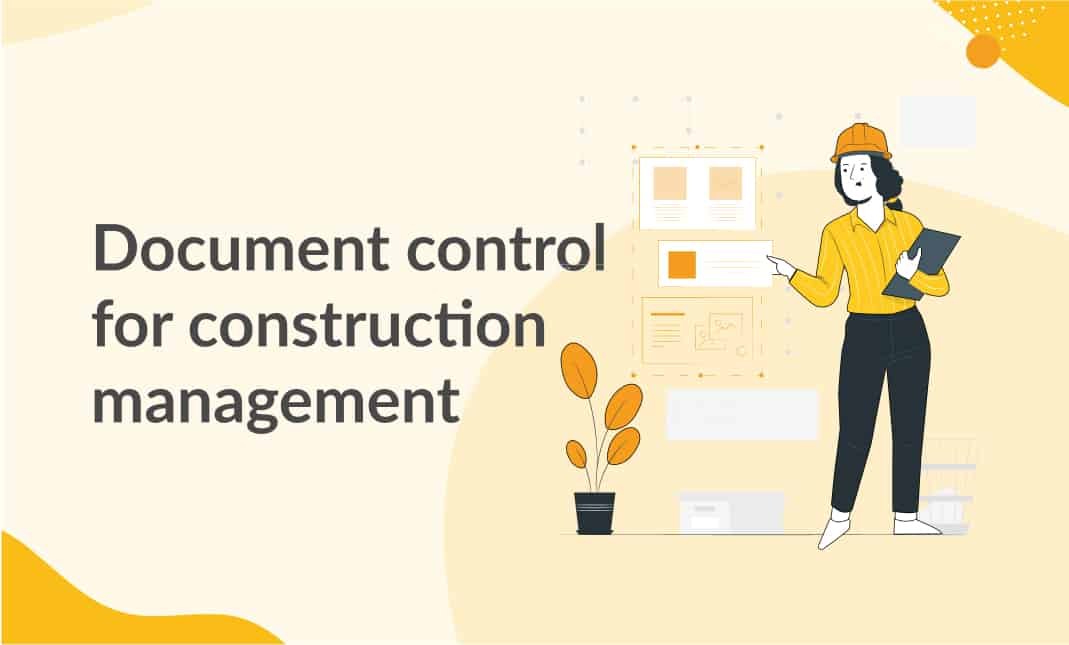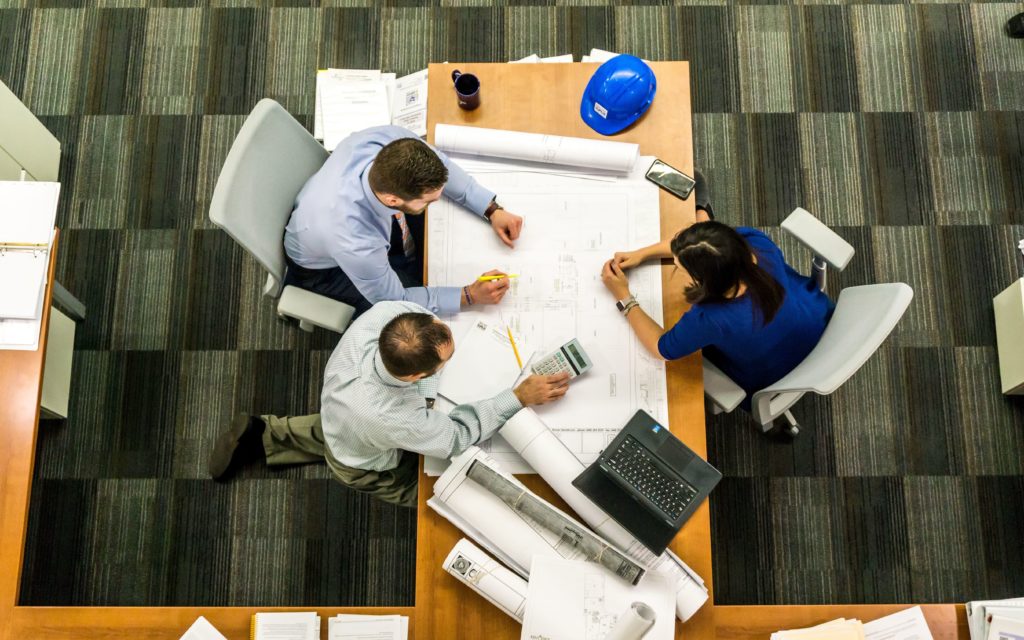Achieving Seamless Task Distribution: Engineer's Comprehensive Strategy to Building And Construction Document Monitoring
In the world of style and building and construction, the thorough orchestration of task components is extremely important to success. One crucial aspect frequently ignored is the administration of building files, which functions as the backbone of every project. construction document management. As architects navigate the complexities of style, execution, and coordination, a thorough strategy to document administration emerges as a cornerstone for accomplishing seamless project distribution. By studying the subtleties of this process, discovering the important elements, and exploring innovative technical options, designers unveil a path in the direction of heightened performance and cooperation within task teams. The blend of accuracy, innovation, and collaboration creates the cornerstone of an effective building endeavor, raising the importance of a structured record management approach.
Relevance of Building And Construction Document Monitoring
Efficient building and construction record monitoring plays a critical duty in making sure job success by helping with seamless interaction and organization throughout the construction procedure. By preserving accurate and current construction records, designers can efficiently connect with service providers, subcontractors, and various other stakeholders associated with the project. These records act as a recommendation factor for all celebrations, guaranteeing that everyone is functioning from the exact same collection of info and decreasing the likelihood of misunderstandings or mistakes.
In addition, appropriate record administration can boost project performance, minimize pricey delays, and ultimately lead to the successful completion of building and construction projects. Architects who focus on building and construction record monitoring established a solid structure for job success and show a commitment to providing top notch outcomes.
Trick Elements for Efficient Paperwork

Provided the crucial function that exact and orderly construction documents plays in ensuring job success, it is vital to identify essential components that add to effective documentation administration. To start with, succinct and clear communication is paramount. All stakeholders need to understand the documentation requirements and be able to access and translate the information easily. Secondly, developing standardized layouts and procedures makes certain uniformity throughout all job records. This consists of calling conventions, data structures, and revision control to stop errors and confusion. Thirdly, regular testimonials and updates are essential to maintain documents reflective and present of the job's development. This method helps identify any kind of disparities or adjustments that need to be dealt with promptly. Applying a robust document monitoring system that allows for variation control, gain access to restrictions, and audit routes significantly boosts the organization and security of job documentation. By including these crucial elements right into construction record administration techniques, designers can streamline procedures, decrease mistakes, and eventually add to the successful distribution of jobs.
Making Use Of Technology for Paper Company
Leveraging innovative digital tools and software application systems contributes in enhancing the organization and ease of access of building and construction documents. Architectural firms can improve their paper monitoring processes by executing specialized software application made for the construction sector. These tools use attributes such as version control, cloud storage, and collective editing and enhancing capabilities, allowing staff member to work with files simultaneously and making sure every person has accessibility to the most updated details.
One trick advantage of utilizing modern technology for file company is the capacity to develop a centralized database for all project-related files. By saving papers in a secure digital setting, designers can easily look, fetch, and share details with stakeholders, minimizing the danger of version problems or misplaced files. In addition, advanced software remedies commonly integrate metadata tagging and indexing functionalities, permitting users to classify files efficiently and fetch them swiftly when needed.
Joint Methods With Task Teams
To maximize job end results, designers must accept collaborative techniques when dealing with task teams to make certain seamless communication and control throughout the building procedure. Collaboration with job groups is vital for engineers to successfully manage building tasks. construction document management. By promoting open interaction and synergy among all stakeholders, designers can simplify decision-making processes, address prospective concerns proactively, and ensure that everybody is straightened with the project goals
Architects should establish clear lines of communication with engineers, professionals, clients, and other key employee from the outset of the task. Regular conferences, progression updates, and responses sessions must be set up to keep everybody notified and engaged. Utilizing collaborative task management devices can additionally facilitate real-time details sharing and record cooperation, boosting openness and efficiency.

Best Practices for Paper Version Control

Conclusion
In verdict, effective construction paper monitoring is important for attaining seamless project shipment (construction document management). It is essential for designers to apply best methods in document administration to efficiently navigate the complexities of building tasks.
Efficient building paper management plays a vital role in making sure task success by promoting smooth interaction and company throughout the construction procedure. Additionally, correct document management can boost task efficiency, reduce costly delays, and ultimately lead to the successful completion of building and construction tasks.To maximize task results, designers need to accept collective methods when working with project groups to ensure smooth interaction and coordination throughout the building process. Collaboration with task groups is necessary for designers to efficiently her response manage building and construction jobs.In the realm of collaborative building and construction job management, maintaining specific control over paper versions stands as a critical technique for making sure project integrity and communication.